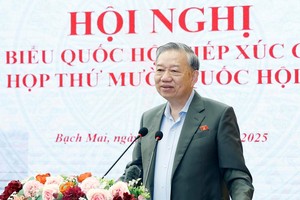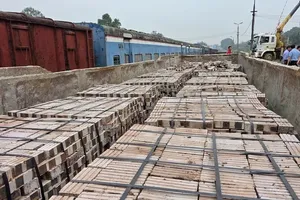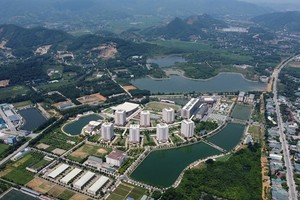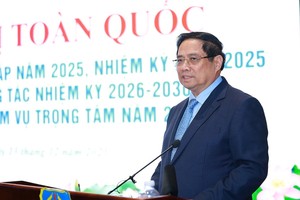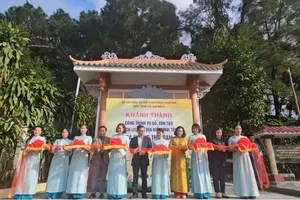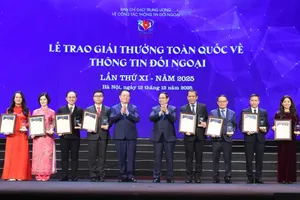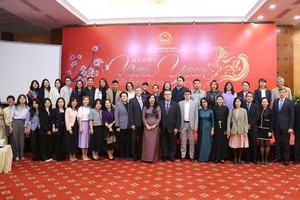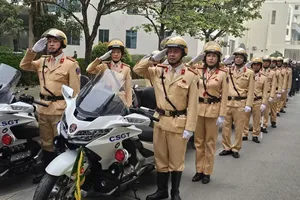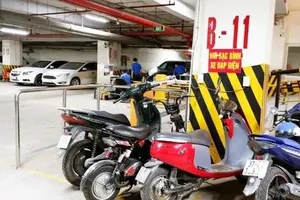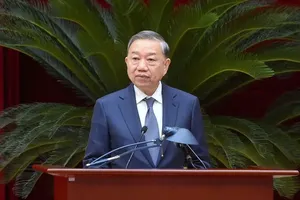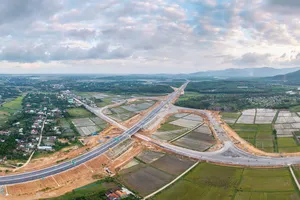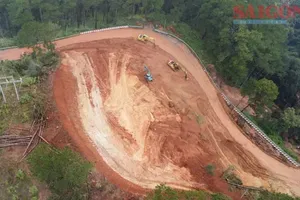Unlocking the potential of unique heritage
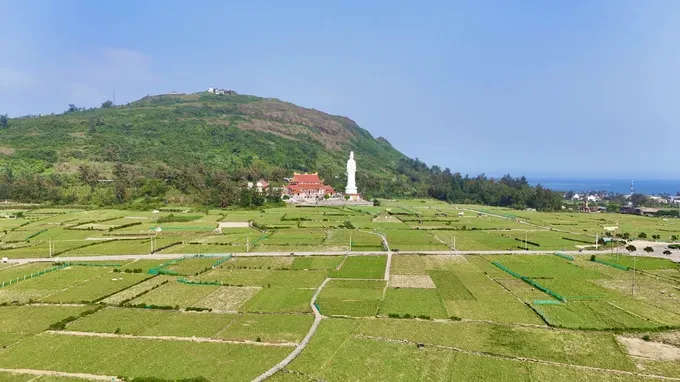
Ly Son Special Zone covers an area of 10,390 square kilometers and is home to a population of over 22,000. Located 15 nautical miles off the mainland, it takes approximately 40 minutes by boat from Sa Ky Port to reach Ly Son Port. The island boasts an exceptional natural heritage, distinguished by its unique geological and geomorphological features.
Ly Son Island is home to five extinct volcanoes, including Thoi Loi Mount with the highest peak at 169 meters above sea level, and the likely Gieng Tien, Hon Vung, Hon Soi, and Hon Tai islands. These volcanic rock formations were created by eruptions that occurred approximately 25 to 30 million years ago. Volcanic terrain accounts for around 70 percent of the island’s total area.
Ly Son also has underwater craters, especially the submarine crater in the south of Ly Son Island, which is quite large, with a scale comparable to Mount Thoi Loi above ground. This underwater volcano is located 40 to 50 meters below sea level. The west of the island also has an underwater volcano near the Gieng Tien area.
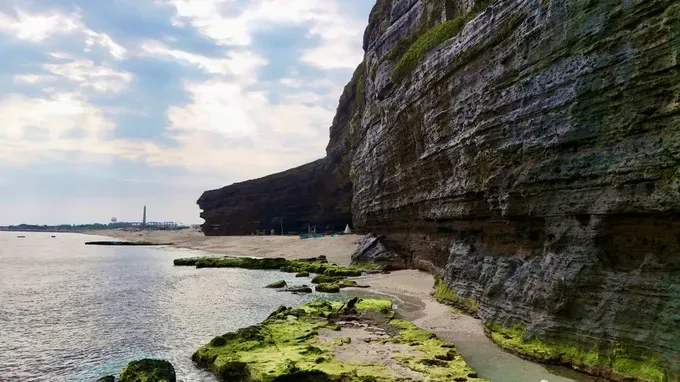
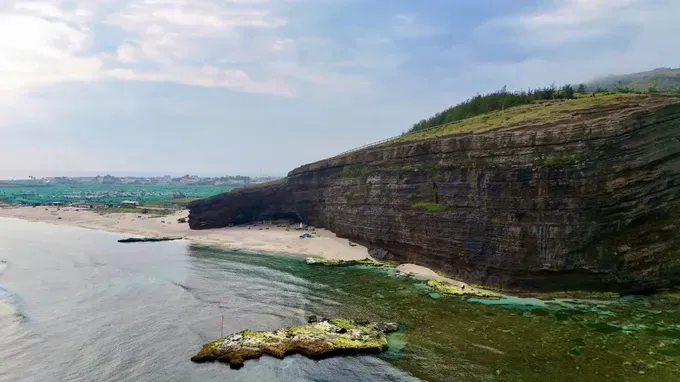
In late January 2018, a team of experts from the Vietnam Institute of Geosciences and Mineral Resources (then under the Ministry of Natural Resources and Environment) announced the research results of a rare paleontological site near the scenic Hang Cau area in An Hai Commune, Ly Son Island District, featuring fossilized coral reef with intricate patterns. According to researchers, these fossils are estimated to be between 5,000 and 6,000 years old and are considered unique not only in Vietnam but also globally.
Ly Son is home to two renowned Sa Huynh cultural sites, Xom Oc and Suoi Chinh, dating back approximately 3,000 to 2,500 BCE. These archaeological sites serve not only as vital evidence of the ancient Sa Huynh culture but also as a testament to the island's continuous cultural development, cross-cultural exchanges, and adaptation to a maritime environment.
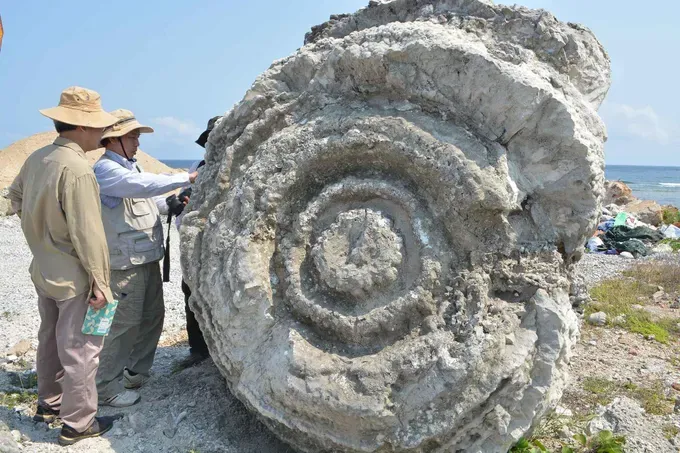
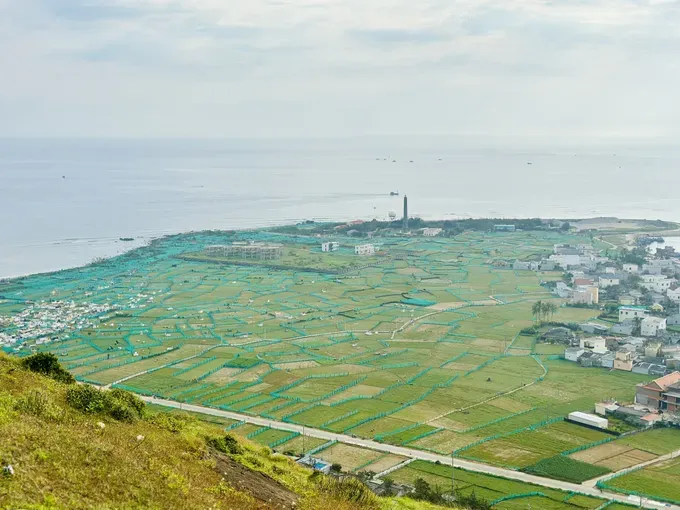
Today, local farmers cultivate shallots and garlic in the fertile land surrounding the Suoi Chinh site, where the lush coconut groves and terraced white-sand fields have created a unique and picturesque landscape. This harmonious blend of heritage and agriculture has also become a popular check-in spot.
Ly Son Special Zone is home to more than 50 historical and cultural relics, including six national relic sites, two national intangible cultural heritages, and 19 provincial relic sites. Remarkably, the island boasts an average of five heritage sites per square kilometer, a density rarely found anywhere else in Vietnam, including on the mainland.
In recent years, Ly Son has taken advantage of the island's strengths, known as the “Kingdom of Garlic,” the homeland of the Hoang Sa Flotilla, and crystal turquoise sea, to develop community-based tourism. Locals organize tours on the island and operate fleets of basket boats and electric vehicles to take visitors to visit Bai Hang, Bai Sau, and Bai Tay beaches. In a relatively short period of time, the island has transitioned from relying primarily on fisheries to embracing tourism, services, and trade. This shift has not only diversified the local economy but also significantly improved the standard of living for island residents.
Becoming a national hub for sea and island tourism
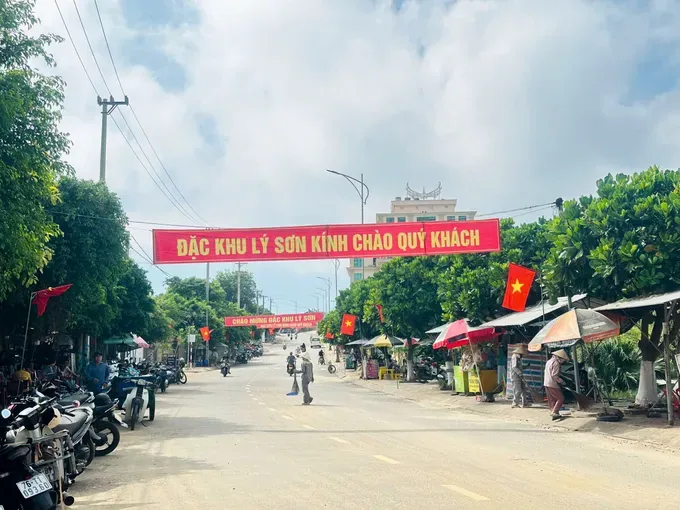
Ly Son is undergoing a significant transformation, from a district-level island to the newly established Ly Son Special Zone. As of July 1, the island officially operates under a two-tier local administrative system and continues to be developed into a national hub for maritime and island tourism. According to the provincial master plan for the 2021–2030 period, with a vision to 2050 approved by the Prime Minister, Ly Son will be developed into a center for coastal and island tourism in Vietnam.
Ly Son has not only promoted its natural and cultural heritage but has also made a distinct mark by organizing a series of cultural and sporting events to stimulate tourism. In April 2025, the island hosted the Ly Son Cross Island 2025 swimming competition. In addition, Ly Son regularly holds traditional and modern activities such as the Le Khao Le The Linh Hoang Sa (Feast and Commemoration Festival for Hoang Sa Soldiers), the Tu Linh Traditional Boat Race, the Open Paragliding Championship, and the Ly Son Half Marathon.
In the first half of 2025, Ly Son welcomed nearly 82,000 visitors, presenting an increase of 12.3 percent compared to the same period last year. Among them were more than 1,170 international tourists, a promising figure that underscores the island’s growing appeal as a coastal and island tourism destination.

Alongside ongoing infrastructure development, Ly Son currently has nearly 50 homestays. These accommodation facilities offer more than just a place to stay; they provide experiential activities associated with island life. Tourists can spend a day as a garlic farmer on volcanic soil, join local fishermen harvesting seafood along the coast, try their hands at fishing and cooking traditional fish-based dishes, and explore vibrant coral reefs through snorkeling. These activities allow visitors to discover the natural beauty of the island and local culture.
Mr. Nguyen Minh Tri, Vice Secretary of the Party Committee of Ly Son Special Zone, said that the orientation of tourism development in Ly Son is to develop the economy with tourism as the center. The authorities of the special zone will work more closely to change people's awareness, especially their thinking about the development of community-based tourism.
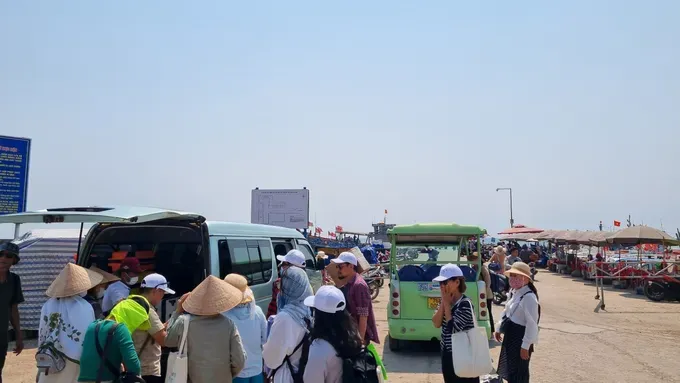
In the first half of 2025, Ly Son’s total economic output was estimated at VND1.3 trillion (US$49.5 million), marking a nearly 7 percent increase compared to the same period last year, reaching nearly 50 percent of the annual target.
Of this, trade and services contributed more than VND572 billion (US$22 million), up 7.62 percent; agriculture reached nearly VND515 billion (US$19.62 million), up over 7 percent; and industry, handicrafts, and construction accounted for nearly VND212 billion (US$8 million), a 4.54 percent increase year-on-year.
Agriculture continues to play a vital role, with shallots and garlic remaining the island’s primary crops. During the 2024–2025 winter-spring season, 314 hectares of garlic were harvested, yielding over 8.8 tons per hectare. Total production reached nearly 2,800 tons, an increase of 12 percent compared to the same period in 2024.


